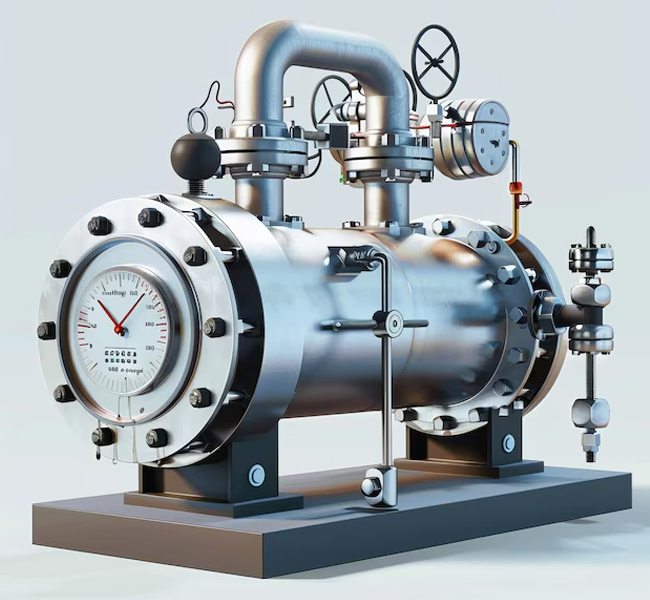API Plan
API (American Petroleum Institute) Seal Plans
are standardized piping arrangements developed to enhance the performance, reliability,
and efficiency of mechanical seals used in pumps and other rotating equipment. These
plans play a crucial role in managing seal chamber pressure, maintaining proper
lubrication, dissipating heat, and preventing contamination, all of which contribute to
the longevity and efficiency of mechanical seals. By implementing the appropriate API
plan, industries can significantly reduce downtime, maintenance costs, and the risk of
equipment failure due to seal degradation. API seal plans are categorized into different
configurations based on single or dual seals, process fluid circulation, and external
support systems such as quenching, buffer or barrier fluid pressurization, and dry gas
sealing. Single seal flush plans, such as API Plan 11, 13, and 23, utilize process
fluids for lubrication and cooling by redirecting them through the seal chamber. Dual
seal plans, including API Plan 52 and 53A/B/C, use buffer or barrier fluids to prevent
leakage and enhance seal protection.

